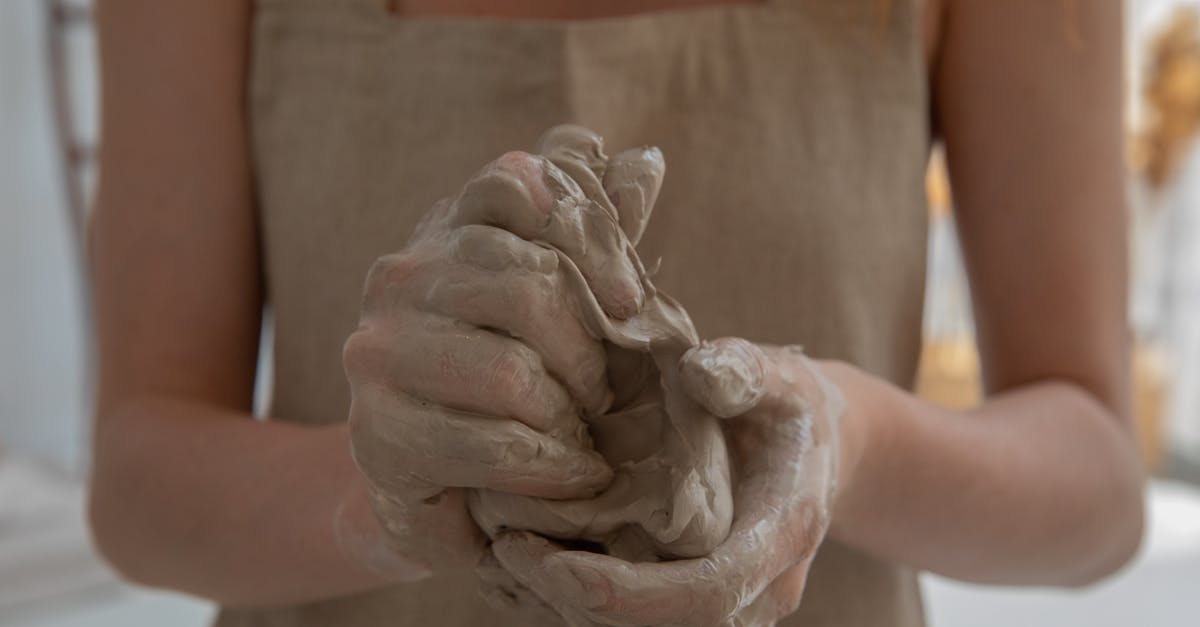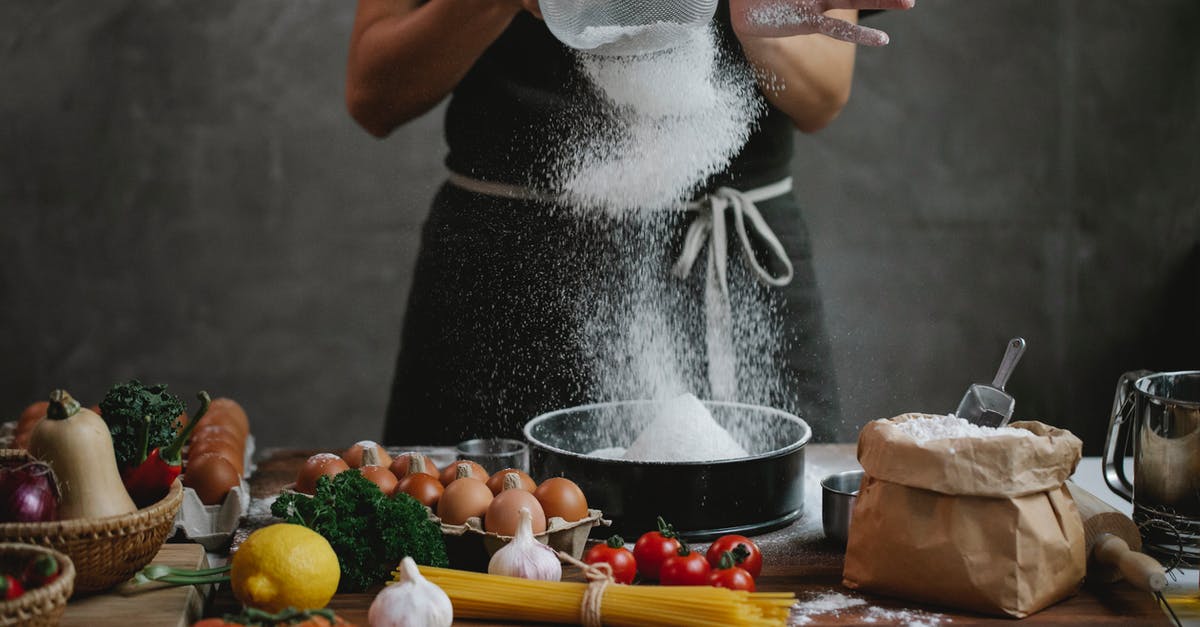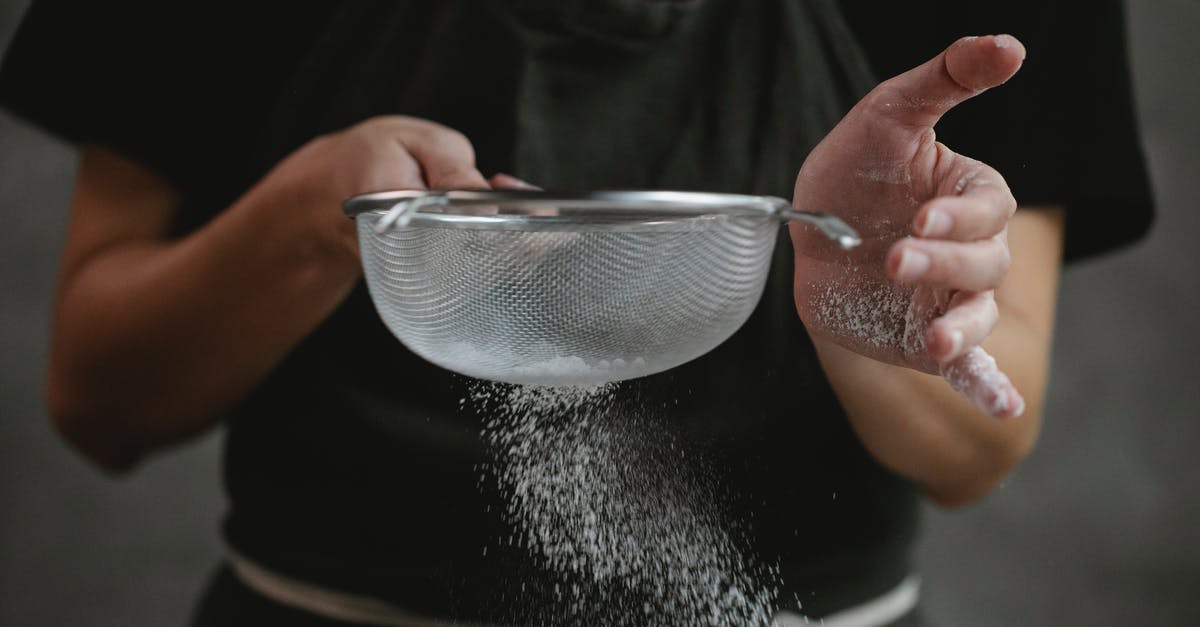How do I make my roti dough stretch thinner?

I have made roti a couple of times now, and each time have found that I can't get the dough super thin before it tears in order to fold it correctly. I'm using this recipe:
http://chefinyou.com/2009/11/roti-canai-recipe/
And using salted butter instead of ghee.
When it gets to the dough stretching phase, I can get it thin but not super thin. After I've folded it it's at least a cm thick and I have to roll it such that it's flat enough for cooking.
How do I get my dough super thin and stretchy?
it also ends up very crispy and doesn't tear like it should after cooking. What do you think I'm doing wrong?
Best Answer
I would guess your main problem is the protein in the flour. To get that stretchy dough that will not tear you need bread flour. Your water, the proportion between kneading and resting of the dough, and the salt also matter. The recipe you are using has way too much fat in the dough. The leaner version suggested by bonCodigo is closer to the needed proportions.
YouTube has a video channel on roti canai.
Flour. You can buy roti flour from an ethnic grocery store, but many of the chain supermarkets in the US now carry bread flour. It has higher protein content without being whole grain. Different flours have different proportions of gluten. Those with lower content (called weak flours) being better for cakes and those higher content (strong flours), better for breads. Gluten is not one protein, but a mixture of two protein families: gliadins, which give the dough its plasticity, and glutenins, which give the dough its strength. Different strains of wheat have different ratios of gliadins to glutenins, hence the need to find an appropriate flour. In the US and Canada, high protein flours tend to be optimized for loaf breads and not flat breads, so some hunting around for a good brand may be needed.
Ghee The recipes on the net vary dramatically in the amount of fat added to the dough. The basic process of dough making is to get the water to break up the gluten in the flour and then stretch those giant molecules to create a network of stringy, tangled molecules. Too much fat interferes with this process. About 5g of fat for every 100g of flour is a good ratio. As ghee adds flavor, the trick to make a dough with higher ghee content is to think of it as a croissant and fold the fat in after the dough has incorporated some water. This is done by brushing the ghee in later stages of stretch and fold.
Kneading and resting Making the network of gluten proteins requires energetic changes. Lots of water and rest could do it (as in no-knead breads) and so could a little water, a little rest, and a lot of kneading. With flat breads one does not need to wait for the yeasts to create the bubbles in the dough. The resting is for the water to do its work of untangling the gluten. The trick is to know if the water activity, resting, and kneading have brought the dough to the right point. There are many dough tests that are better explained through a video. The dough in the leaner recipe is a wetter dough that is a bit trickier to knead by hand. The basic idea is to place it on an oiled countertop, pinch a corner, and fold it over. Repeat a few times and it will become easier to handle without having to add extra flour as it often suggested.
Water. Don't use tap water. It may be too alkaline, to hard, or too chlorinated. Andrew Whitley in his Bread Matters book has a chapter on how guilty he felt using Evian to make his bread, but it improved his bread. For flat breads one is less worried that the chlorine in the water will kill the yeast, but depending on your tap water composition, the other chemicals could be an issue.
Pictures about "How do I make my roti dough stretch thinner?"



Why my roti is stretchy?
The basic process of dough making is to get the water to break up the gluten in the flour and then stretch those giant molecules to create a network of stringy, tangled molecules. Too much fat interferes with this process.How do I make my dough more stretchy?
Roll the chapati out with a rolling pin to a thickness of 1mm, applying even and gentle pressure. The best way to get the perfect round shape is to keep turning it clockwise as you roll. Sprinkle more flour if your rolling pin starts getting stuck to the dough.How do you thin a chapati?
InstructionsHow to Make My Dough Smooth \u0026 Elastic-Like : Breadstick Recipes
More answers regarding how do I make my roti dough stretch thinner?
Answer 2
Did you just try to make that rotational "flip" in the air? :)
Let's get to the business! I spent good number of years in both Malaysia and Singapore. If you know this region - it's just a "Prata planet". Prata is the same roti called as Roti Canai in Malaysia.
After making the dough, the best results are aquired by keeping it over-night. Prepare your dough in the evening around 10pm and use it in the morning. Or similar time span - but 2 hours isn't enough.
My tips:
- Make small pieces out of the dough
- Oil/Ghee them
- Cover and leave for the hours stated
References:
Answer 3
I boil my water and found that kneading the dough with boiling hot water and adding little melted butter makes it very soft.
Sources: Stack Exchange - This article follows the attribution requirements of Stack Exchange and is licensed under CC BY-SA 3.0.
Images: Monstera, Monstera, Klaus Nielsen, Klaus Nielsen
